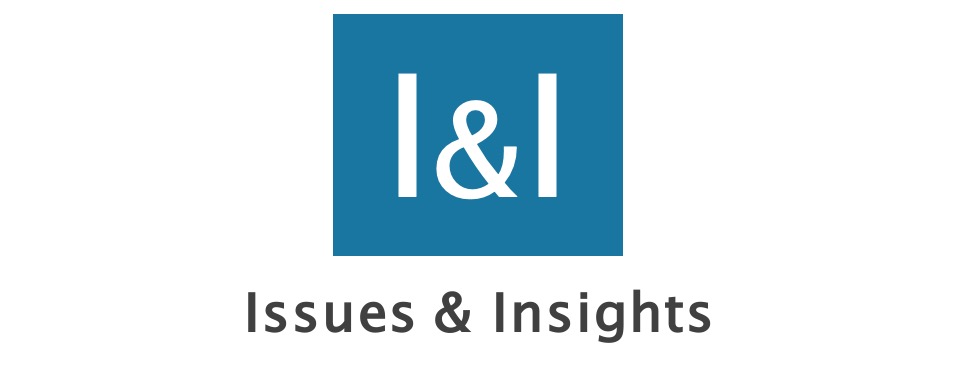As Christmas nears, the pressure to find just the right gifts also builds. And as a man, I have observed that there is an extra hurdle men seem to face in shopping for their “significant other” than the other way around, especially when it comes to clothing. For women’s clothing, not only doesn’t one size fit all, but as far as men can tell, even the “right” size may not fit.
Once a man’s significant other has hinted frequently enough about what she would like for Christmas that he actually takes notice, he must face this size problem.
Women’s sizes vary widely across makers and stores, and they have grown more accommodating over time. Given the desire to feel thinner, this can give an ego boost to someone who can thus resize herself down. But the size challenge leaves a man at a loss, stuck between the implications the woman of his dreams will draw if he picks either a size too large or if the “right” size turns out to be too small. And the COVID-induced move from brick and mortar stores to more online shopping, which makes trying things on less effective, only adds to the problem.
However, intentional mismeasurement is not limited just to clothes. We systematically abuse numbers in many areas of our world to distort reality, and not just when government tries to claim that trillions of dollars of spending will be free or to explain away any culpability for inflation.
For instance, unlike adults, who want to feel thinner, parents want their small children to be “ahead of the curve.” In response, many firms have cut infant sizes smaller, so everybody can have children who appear to be advanced for their age.
For older children, grade inflation gets added to how we use numbers to intentionally fool ourselves. Student desires for higher grades have been accommodated to the point that GPAs have ballooned drastically. And recently, online testing has lowered the standards further in many instances, at least in part because of the difficulty of policing cheating from collusion on homework and exams to turning in the work of “Dr. Google” or Wikipedia as one’s own.
At some schools, who is valedictorian has long since become a question of how many 4.0 students will share that title. And many schools have gone further, making it possible to far exceed a 4.0, through Advanced Placement and community college courses.
Inflation also boosts egos by manipulating comparison numbers. If I wish to believe I make more than my father ever did, the effects of inflation (what economists call the money illusion) can overwhelm every other difference and make it so.
Competitive inflation also occurs with percentages and statistics. Giving it 100%, once a phrase for going all out, has been replaced with giving it 200%, or even 1,000%. Similarly, statistics are routinely manipulated to make insignificant changes look significant, as when reports scream that a drug doubles the probability of some form of cancer, when the odds go from one in 10 billion to one in five billion.
Everywhere you turn, people “cheat” on measurements to make things look better than they really are. John Adams once said, “Facts are stubborn things; and whatever may be our wishes, our inclinations, or the dictates of our passions, they cannot alter the state of facts and evidence,” but we seem determined to prove Adams wrong.
Recognizing the depth of our commitment to “improving” reality through numerical manipulation rather than honestly facing it puts the problem in perspective. We seem to dramatically prefer re-sizing the world to fool ourselves over accurately sizing up our world. And, unfortunately, that broader problem and its consequences will remain with us long after all the wrong-size gifts have moved to the returns counter in the post-Christmas rush. But that might make the problem appropriate fodder for New Year’s resolutions.
Gary M. Galles is a professor of economics at Pepperdine University.





 Using these vague “policy violations,” Google is now threatening to demonetize us. It’s part of Big Tech’s effort to silence conservative voices.
Using these vague “policy violations,” Google is now threatening to demonetize us. It’s part of Big Tech’s effort to silence conservative voices.